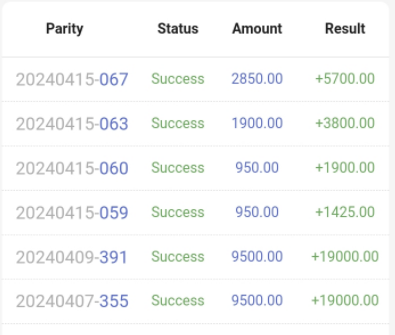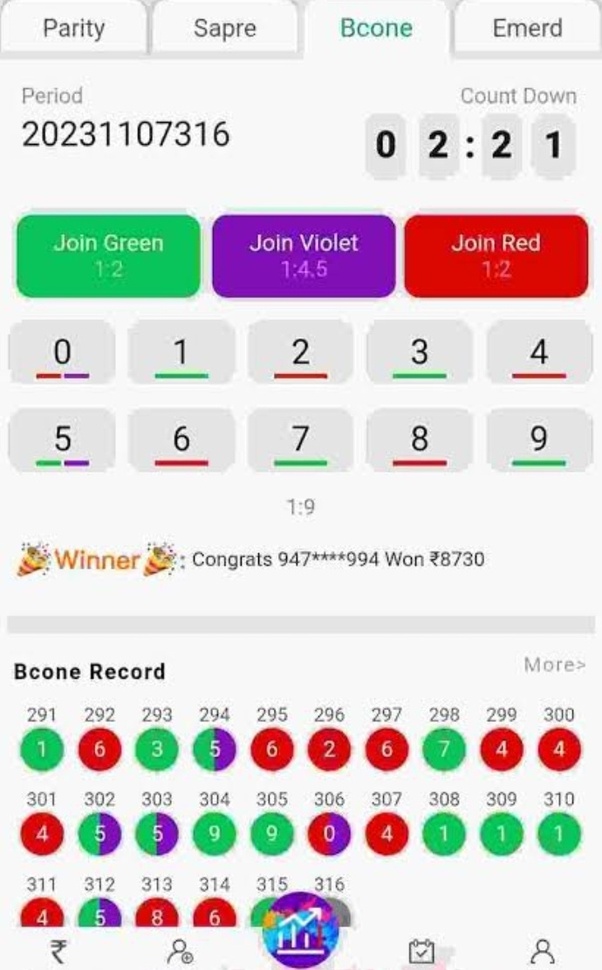How to Read Chart Patterns
Understanding chart patterns is crucial for traders and investors who want to make informed decisions based on technical analysis. Chart patterns help identify trends and possible reversals in the market, providing insights into buyer and seller behavior. This article will guide you through some common chart patterns and offer tips on how to interpret them.
1. Head and Shoulders
.jpg)
The Head and Shoulders pattern is one of the most reliable trend reversal patterns. It consists of three peaks, with the middle peak (the head) being the highest and the two outside peaks (shoulders) being lower and roughly equal in height. A Head and Shoulders usually forms after an uptrend, and a break below the neckline (support) signals a new downtrend.
2. Double Top and Double Bottom
.jpg)
These patterns are indicators of potential reversals. A Double Top occurs after an uptrend and looks like two consecutive peaks with a slight decline in between, suggesting that the upward momentum is waning. On the other hand, a Double Bottom forms after a downtrend and appears as two consecutive troughs with a slight rise in between, indicating possible recovery. Breaks above or below these patterns confirm the reversal.
3. Triangles

Triangles are continuation patterns that can either be symmetrical, ascending, or descending. A symmetrical triangle is formed by converging trendlines, indicating a period of consolidation before the price breaks out. Ascending triangles have a flat top and a rising lower trendline, suggesting bullish bias. Descending triangles have a flat bottom and a declining upper trendline, typically leading to a bearish outcome.
4. Flags and Pennants

Flags and pennants are short-term continuation patterns that mark a small consolidation before the previous move resumes. Flags resemble a rectangle sloping against the prevailing trend direction, whereas pennants are small symmetrical triangles that form right after a sharp movement. Volume diminishes during formation and should increase on the breakout, confirming the continuation.
5. Cup and Handle
.jpg)
The Cup and Handle pattern signals a bullish continuation and is characterized by a round bottom resembling a cup followed by a slight downward drift forming the handle. The pattern is completed when the price breaks above the upper edge of the handle. This pattern typically indicates accumulation phase followed by a breakout.
Tips for Trading Chart Patterns
- Confirmation: Always wait for pattern confirmation with a breakout on significant volume. Avoid predicting the breakouts.
- Stop-Loss Orders: Use stop-loss orders to manage risk effectively, placing them just outside the pattern's boundary.
- Target Prices: You can estimate the target price by measuring the height of the pattern and projecting that distance from the breakout point.
- Market Context: Always consider the broader market conditions and align your trades with the overall trend for better probability of success.
Mastering chart patterns requires practice and attention to detail. By understanding these patterns and applying these strategies, you can enhance your trading decisions in speculative markets.